On Dec. 18, Seven and MJ made their way to Portland’s Homeless Services Center. The couple had been camping in the city for about eight months, but they’d finally had enough.
For a long time the pair, who declined to provide their full names, didn’t want to go into the shelter. They were afraid their things wouldn’t be safe there, they knew couples weren’t allowed to sleep together and they’d heard the place felt like a jail. But over the preceding weeks more and more of their friends had decided to go, and the weather was becoming unbearable.
A storm hit Maine that day and gale-force winds ripped through the encampment at Harbor View Memorial Park where they were staying. It was raining sideways and tarps were flying off tents. It was nearly impossible to stay dry. They agreed to talk to an outreach worker and try to get a ride to the shelter in Riverside.
Even though the shelter has open beds, Seven and MJ illustrate the struggle homeless advocates face trying to convince people to leave encampments. It’s estimated at least a hundred people are still sleeping outside in Portland. Even though the shelter is billed as “low barrier,” many people living outside see obstacles to going there, whether real or perceived.

A guest sits at a table in the cafeteria and day-use room at the Homeless Services Center in Portland. Brianna Soukup/Staff Photographer
Portland’s homeless shelter opened at 654 Riverside St. in March after years of planning. The shelter has 208 beds and offers “wrap-around services” such as meals, health care and housing support. The new shelter replaced the Oxford Street Shelter, which housed 154 people.
Since opening, the new facility had been full nearly every night. That is, until the new shelter for asylum seekers opened last month in the same neighborhood. About 100 people moved there from the Homeless Services Center, opening up more beds for those living in the encampments.
The Portland City Council voted last month to add 50 temporary beds to the facility to help during the winter. There are more consistent openings at the shelter now than there ever have been before. On Friday, about 90 beds were open.
“The shelter is a solid place to stay,” said Seven, 24. He’d only been there a few nights, but as of Thursday he was planning to stick around. He said sometimes it felt a little scary to be there because it reminded him of time he’d spent in jail, but the staff has been nice and everything is clean.
“The food isn’t bad either,” he said.
“My dream lately has been just to be in a place where it’s stable enough that I can leave my stuff there and go to work and not worry about it,” said MJ, 22. “And the shelter has that.” The pair are planning to stay there for the foreseeable future and hope to find housing. They’ve both been homeless on and off since they were 15.
A NEW BED EACH DAY
On an overcast Tuesday morning just before Christmas, Jason Chan, director of operations at the shelter, was helping a woman check out. He let her into the room by the entrance where guests can store their things in lockers.
“Jason, I’m leaving,” she declared with a smile. He congratulated her and helped her hoist a big backpack from a locker.
The shelter is clean and bare. It smells like a new building and sports gray floors, a metal detector at the entrance and blinking red keypads securing some doors. When someone checks in they can store their things in a locker before going through the metal detector. Inside, showers, a laundry room, hot meals and dorm rooms await them. Guests can access their things 24 hours a day, but they can only bring what they can carry. There isn’t storage in the sleeping quarters, and everyone has to move into a new bed each day.
Every day, guests have to go through the check-in process sometime between 4 a.m. and 9 a.m. Everyone has to be up and out of bed by 7:30. Anyone who has a bed is guaranteed one the next night, but having everyone check in again gives the city a chance to accurately count the number of open beds each day. Usually by 11 a.m. the dorms are open again and people can get settled into their new spaces.

A Homeless Services Center employee helps a client in the laundry room at the center in Portland last week. Brianna Soukup/Staff Photographer
There’s a big kitchen where the Preble Street Resource Center comes in and cooks three meals a day. Guests can’t cook for themselves, but if they miss a meal there are usually leftovers staff will warm up for them. They eat in a large cafeteria. A TV plays movies there all day, and coffee is available anytime. The dorm rooms are large, and beds are separated either by a few feet or by a cement divider.
BARRIERS REMAIN FOR SOME
Since the city’s Encampment Crisis Response Team was formed in May, outreach workers have struggled to convince those from the encampments to go to the new shelter. Over the summer, hundreds of beds were offered to people living in encampments and less than a dozen accepted. As the weather has grown colder and outreach efforts have ramped up, more and more people have begun checking in, but barriers remain.
Many potential guests believe they are banned from the shelter. Chan said he suspects people often believe this mistakenly. Perhaps they were banned from Oxford Street, which he emphasizes does not carry over to the new shelter. Or, he says, they could be misinterpreting a temporary ban as a lifetime one.
“The policy here is progressive discipline. If there’s an issue we ask people to go for a walk. Sometimes we ask people to leave for a few days,” said Chan. He said only four or five people are permanently banned from the shelter.
“That only happens if somebody creates a safety concern, hate speech, if someone attacked someone else or made a very credible threat of violence,” he said.

Jason Chan, director of operations at the Homeless Services Center in Portland, talks with a client about an issue in the secured courtyard at the center last week. Brianna Soukup/Staff Photographer
For some, the idea of not sleeping in the same bed as their partner is enough to deter them from going to the shelter. Some drug users are afraid that they’ll go into painful withdrawal without access to Suboxone or methadone.
While Suboxone and methadone are not available on-site to clients, the shelter does offer substantial services. Greater Portland Health Clinic has an office at the shelter open three days a week, Spurwink has a peer-support specialist there every day, and the state Department of Health and Human Services regularly visits the shelter to help people get set up with services specific to their situation.
The shelter recently extended its curfew from 6 p.m. to 11 p.m. in an effort to draw more people there.
Dani LaLiberte, a social worker and member of the Encampment Crisis Response Team, said she thinks there is still a long way to go before the shelter feels like a “low-barrier” option to the homeless community.
One issue, she says, is the shelter’s distance from downtown. Even though a shuttle bus runs between the shelter and downtown from 7 a.m. to 8 p.m., often people go to employment offices like Complete Labor to find work, and the lines can start forming there as early as 4 a.m. Plus, the shuttle doesn’t drop people off directly at the employment office.
“It gets really complicated when you have to choose between making money and sleeping inside for the night,” said LaLiberte.

A client sits on bed in the afternoon at Homeless Services Center in Portland on Wednesday, Brianna Soukup/Staff Photographer
Something LaLiberte’s clients complain about is the institutional feel of the building. She says she’d like to see some artwork or plants, anything to make the space feel more inviting. She thinks it could go a long way.
Another barrier for some is that the shelter doesn’t allow pets. The city has partnered with an animal shelter to offer boarding for pets free of charge while their people are in the shelter. But Laliberte has clients who can’t be away from their animals for more than a few minutes.
“A lot of people need to be physically with their dogs, that’s the one thing that keeps people from blowing up or getting scared,” she said.
She’s also heard complaints that staff don’t seem to know how to de-escalate sticky situations. Chan says staff have been trained in Narcan administration and in first aid. But LaLiberte said all staff should go through conflict de-escalation training, too.
“I’ve heard a lot of feedback from people that they are feeling misunderstood,” LaLiberte said. “There’s often conflict with the staff that they don’t understand.
“I know it can go both ways, but it’s our job as social workers to stay calm,” she added, acknowledging that staffing shortages are a challenge for the city.
“We always try to work with people,” said Chan.
But, of course, the city shelter won’t work for everyone. Some people will cycle in and out, some will stay for months, and still others will leave the shelter and never come back.
“This community has a lot of trauma and they are not a monolith,” said LaLiberte.
Copy the Story LinkSend questions/comments to the editors.


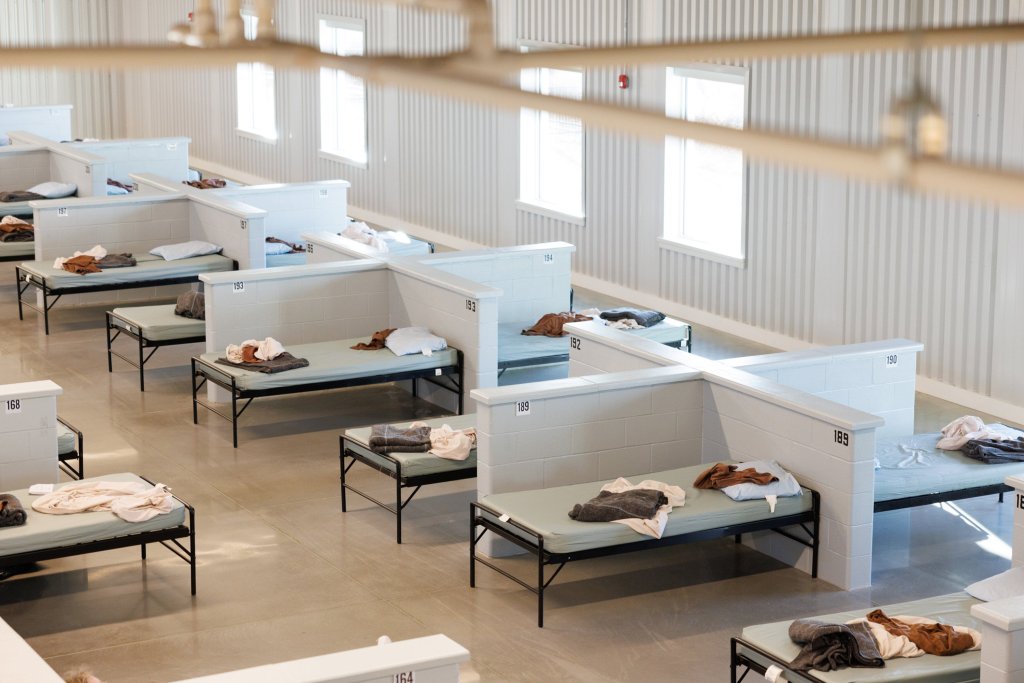
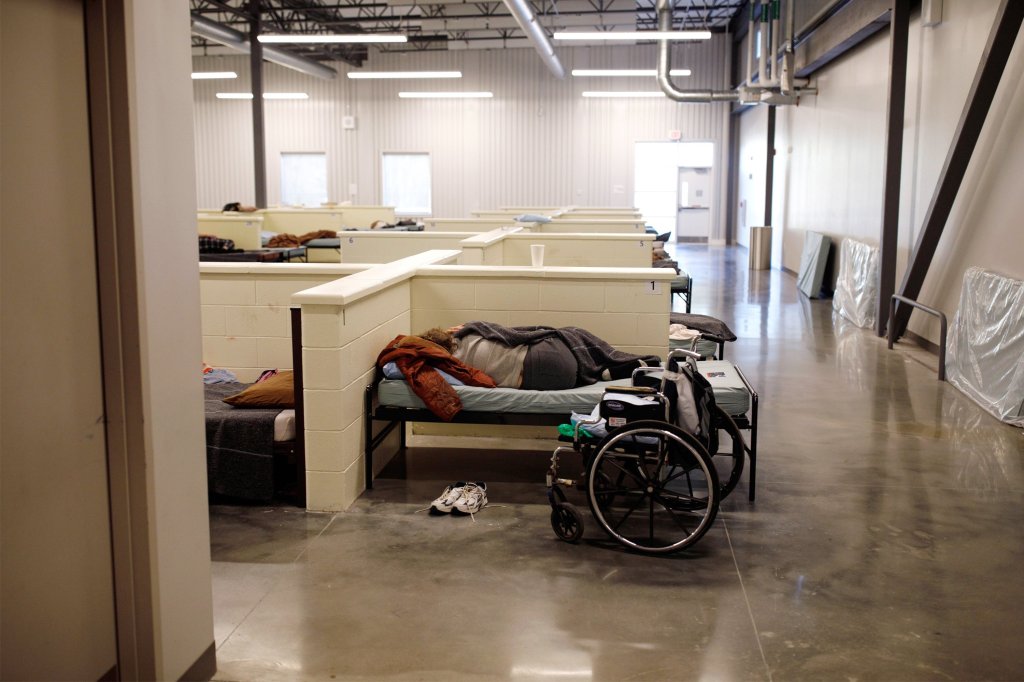
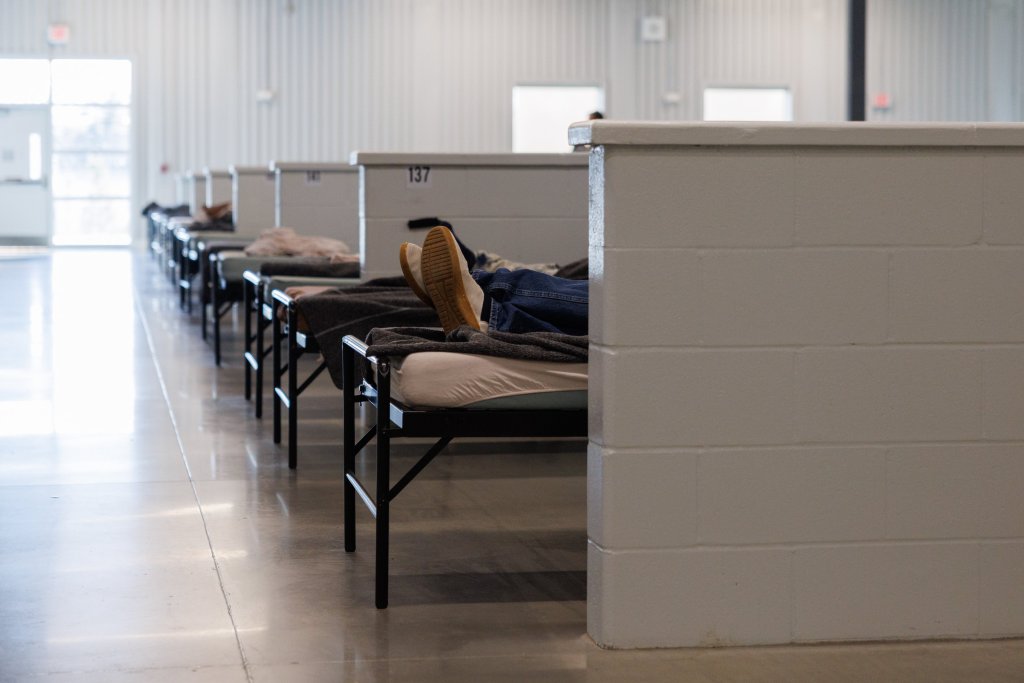
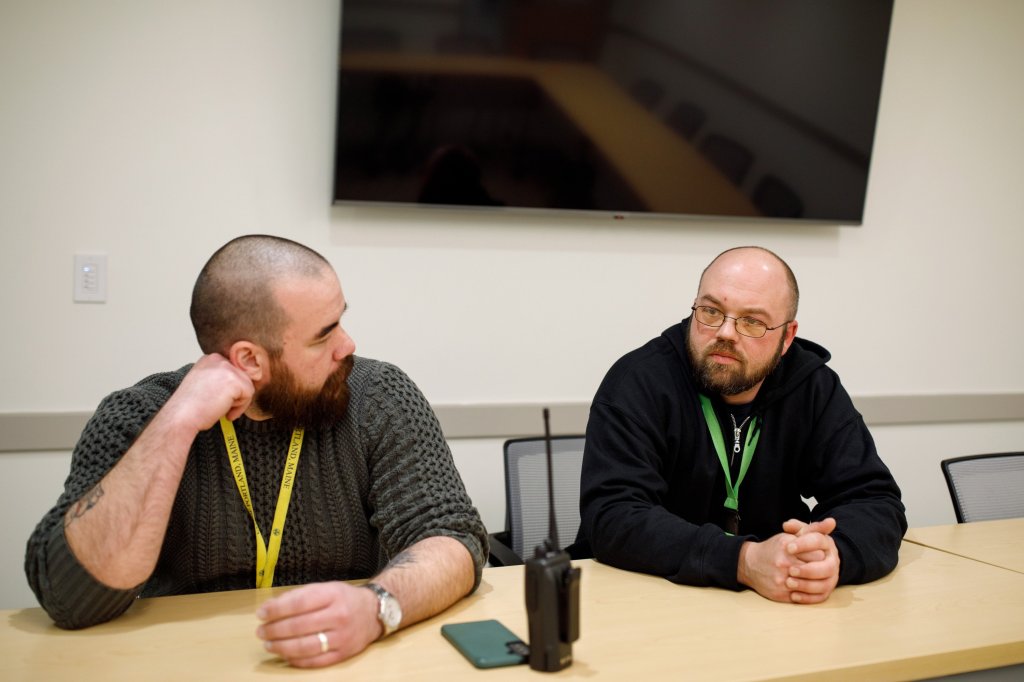
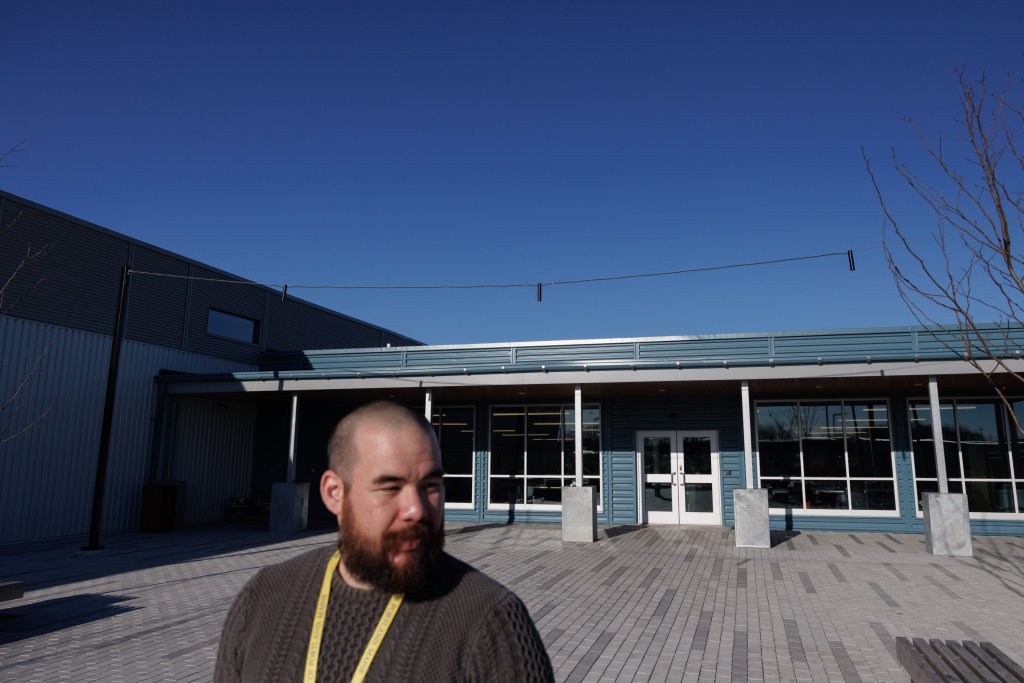
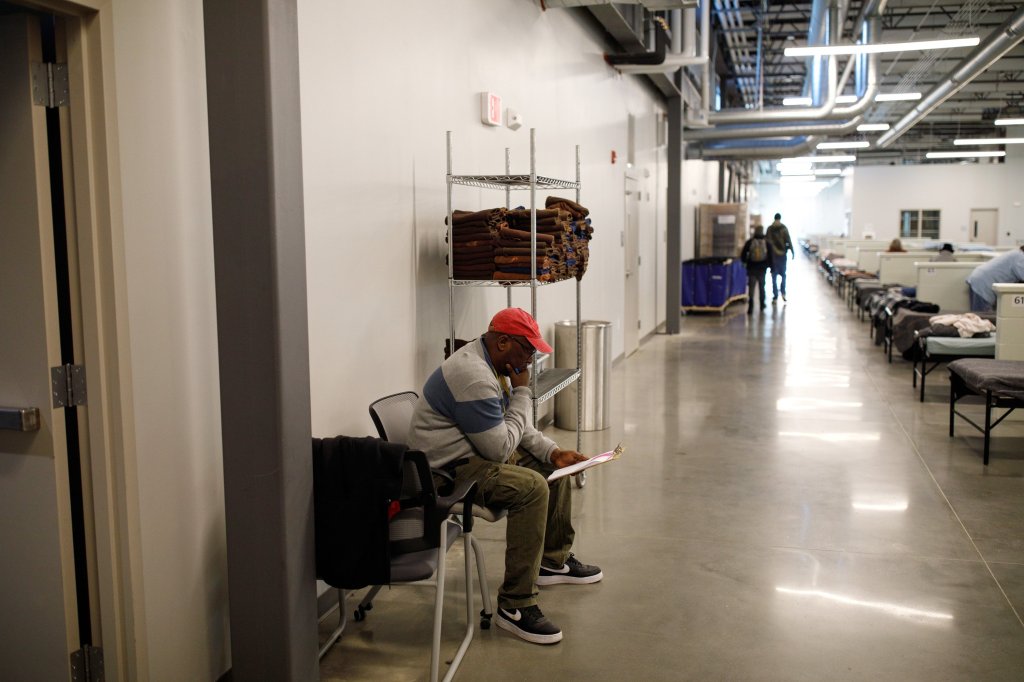
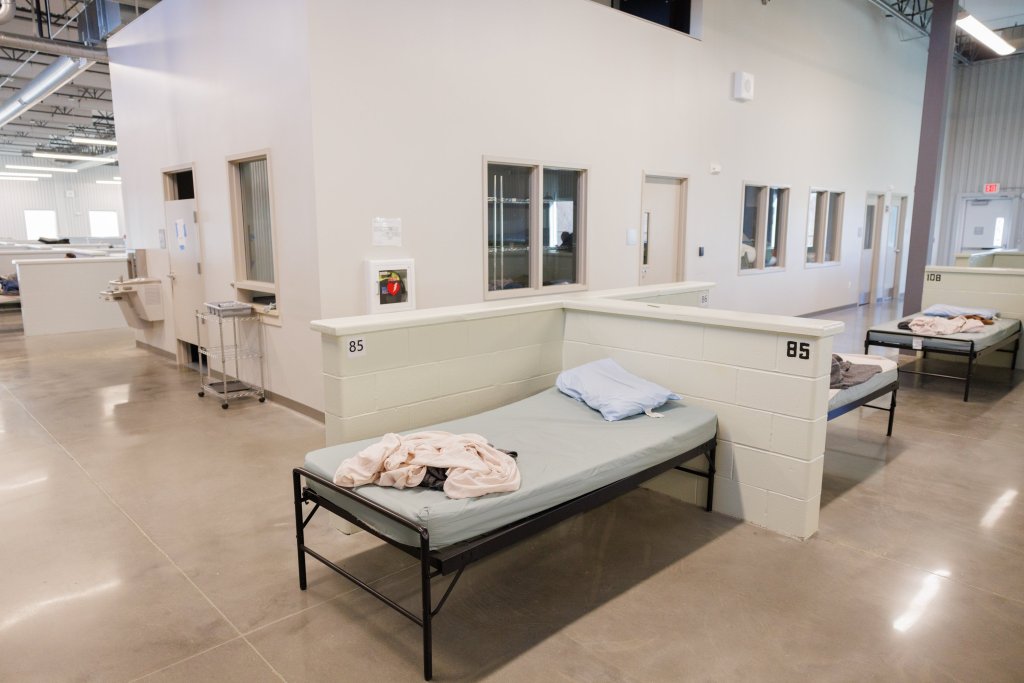
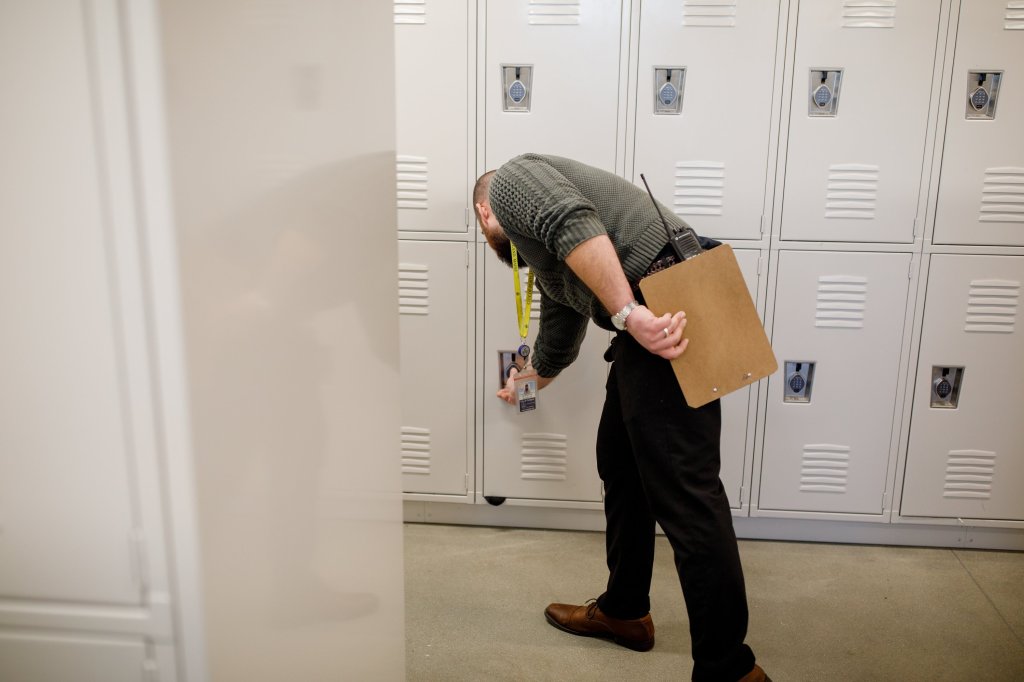
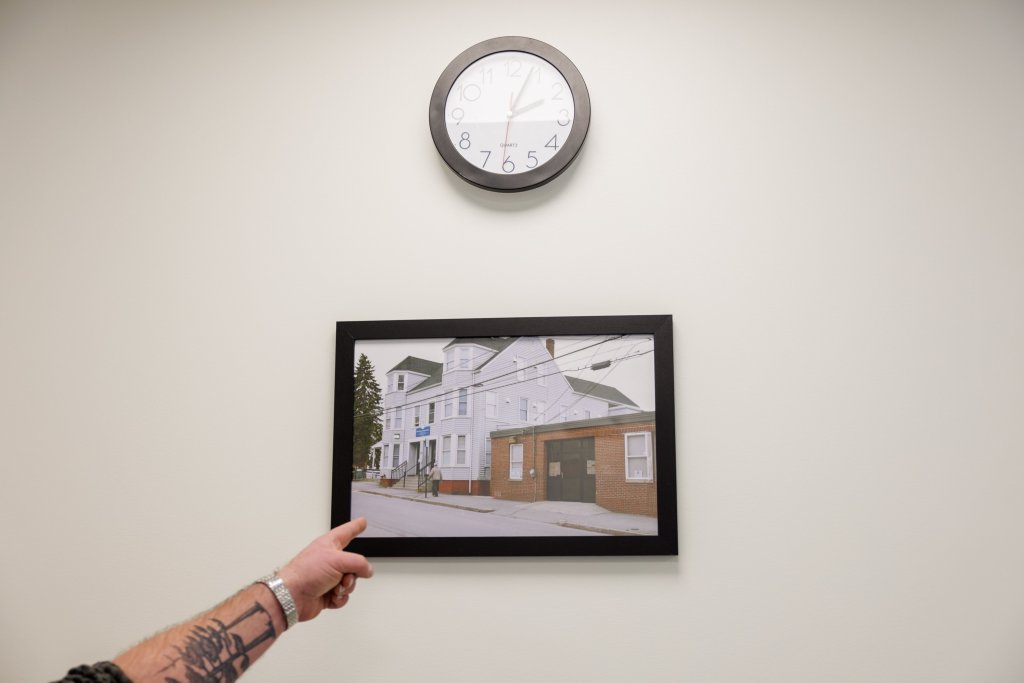
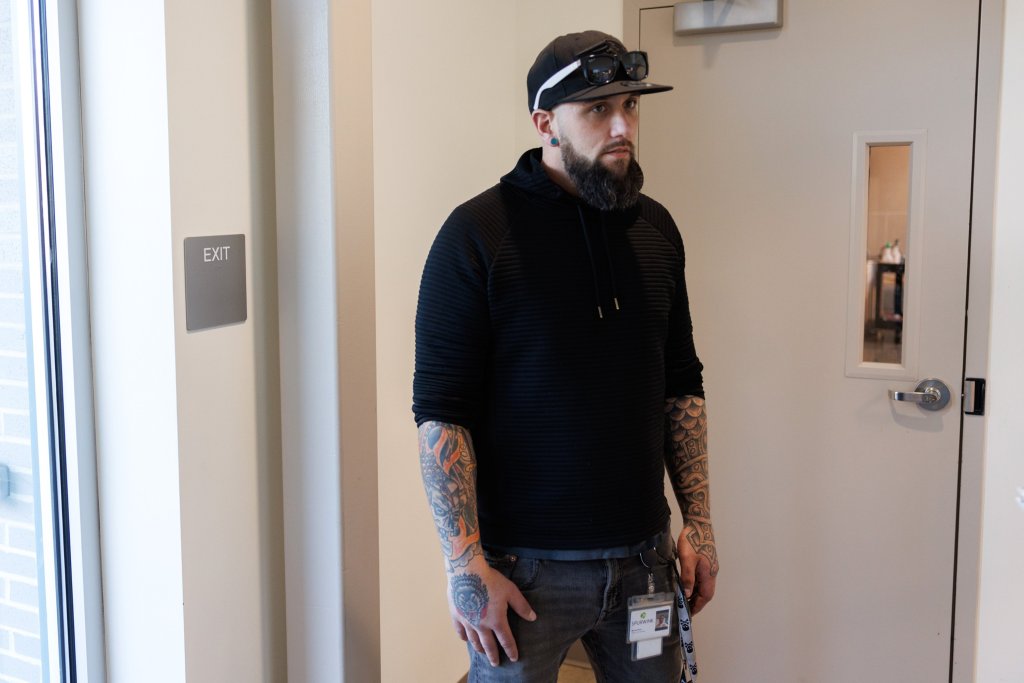
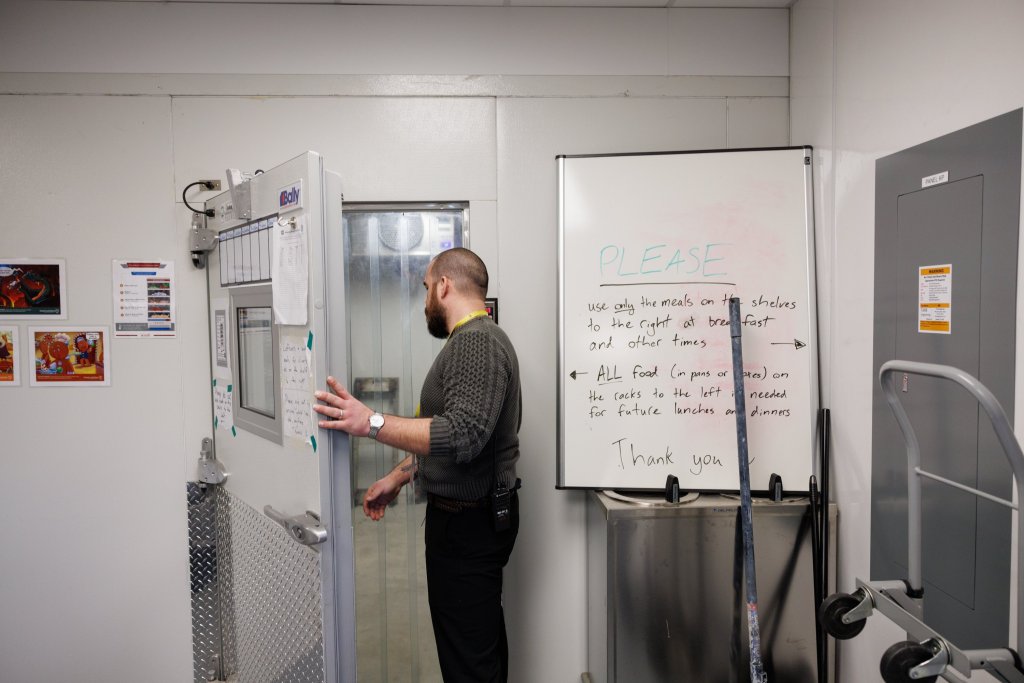

Success. Please wait for the page to reload. If the page does not reload within 5 seconds, please refresh the page.
Enter your email and password to access comments.
Hi, to comment on stories you must . This profile is in addition to your subscription and website login.
Already have a commenting profile? .
Invalid username/password.
Please check your email to confirm and complete your registration.
Only subscribers are eligible to post comments. Please subscribe or login first for digital access. Here’s why.
Use the form below to reset your password. When you've submitted your account email, we will send an email with a reset code.